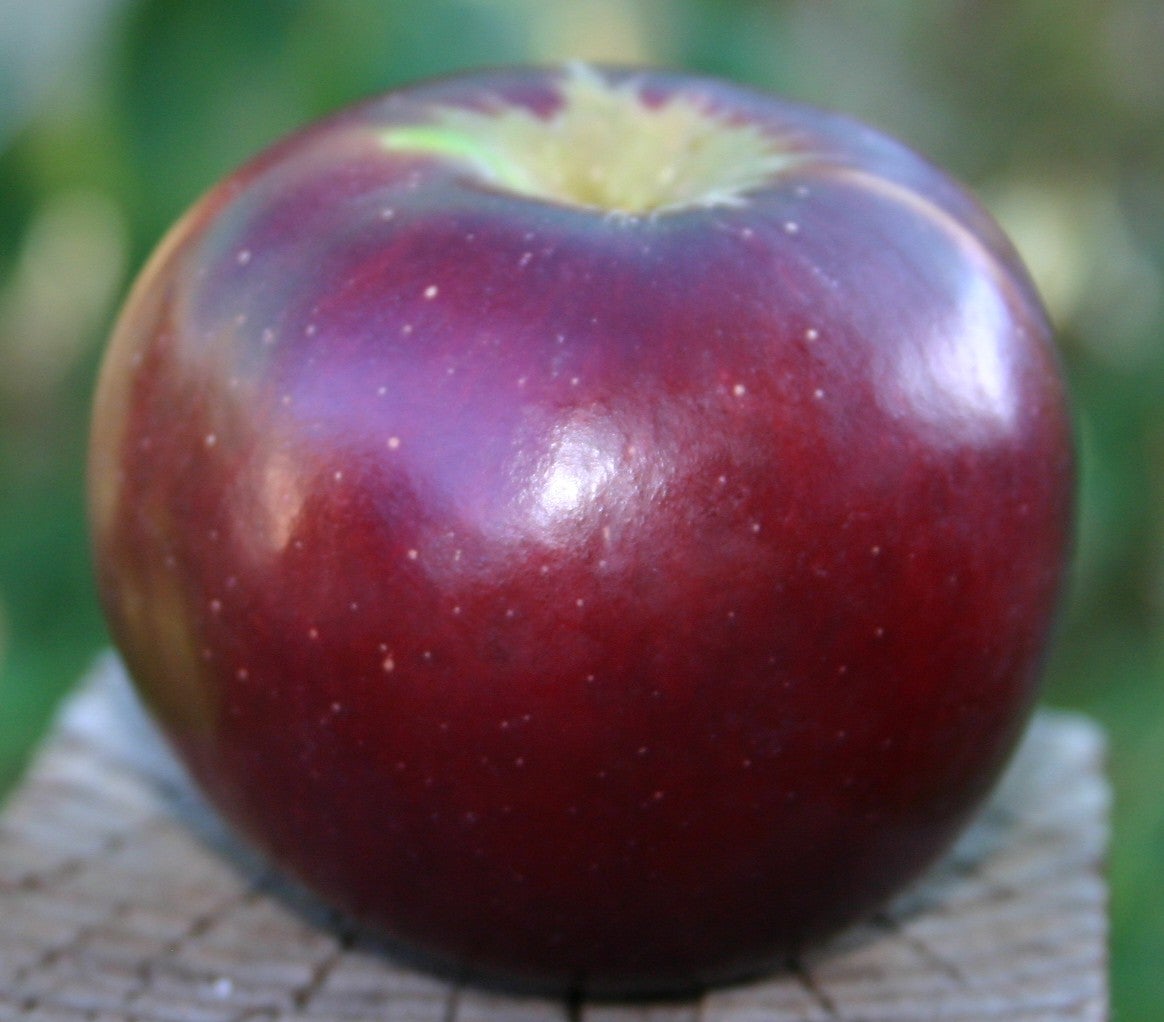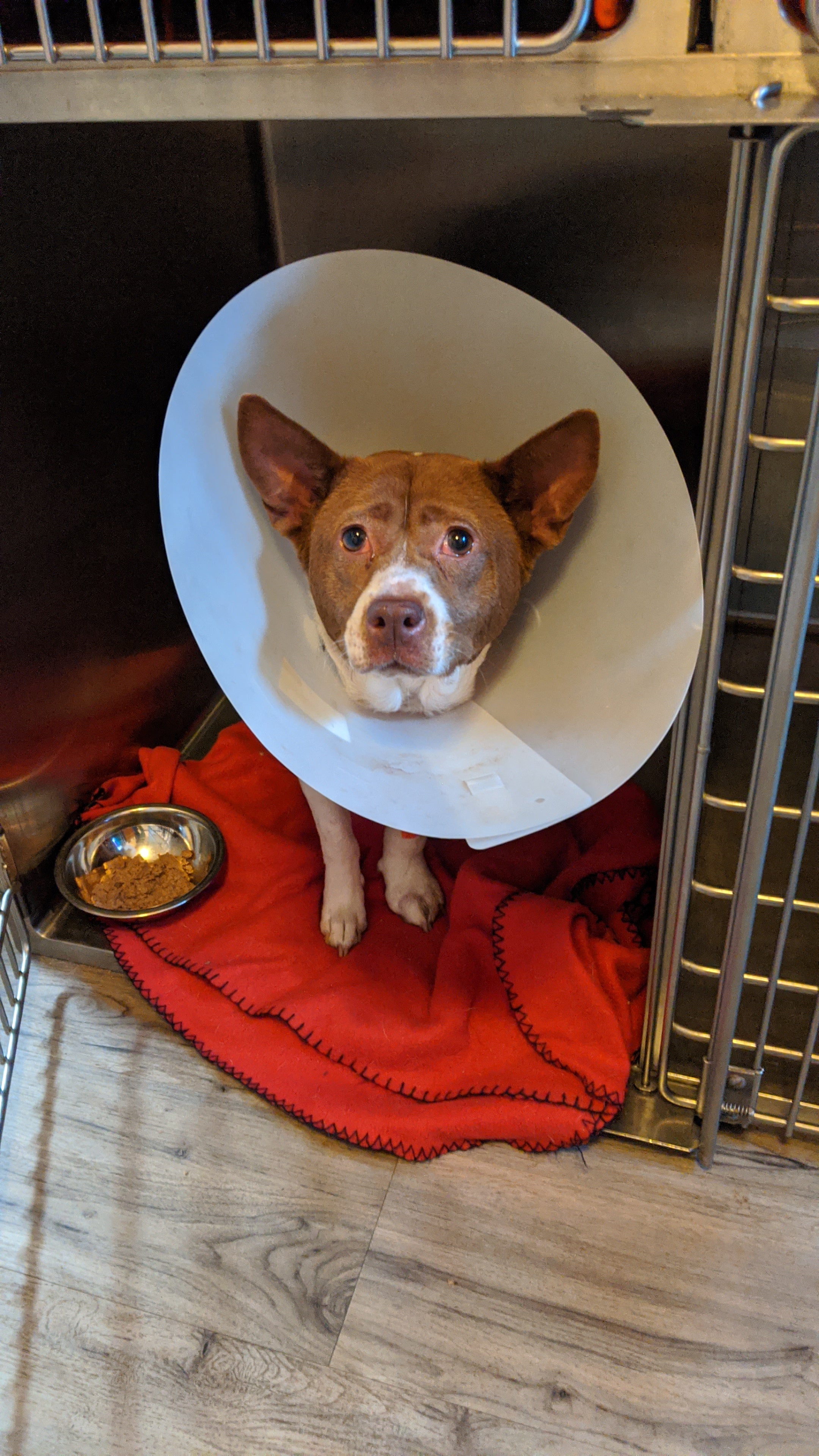Pristine mountain living: the death of Dark Corner
Published 10:00 pm Tuesday, December 27, 2016
Researchers and authors Anne McCuen, Mann Batson, J.W. Lawrence and I have spent many years learning and relating the history of the unique mountain area known as the Dark Corner. Our anecdotal histories have delineated it like no other comparable area in the Upstate of South Carolina.
There is one other researcher and author, however, who has placed historical events in a proper cultural context and filled the gaps in the historiography of the Dark Corner. In 2009, Joshua Beau Blackwell published a book entitled, “Used to be A Rough Place in Them Hills,” and subtitled Moonshine, The Dark Corner and the New South.
His work demonstrates that the various conflicts over the illicit production of alcohol reflect deep cultural differences between this outpost of Appalachia and the rest of South Carolina.
In this, the final of my 150 twice-told Dark Corner tales in the Tryon Daily Bulletin, a number of quotes from Blackwell’s tome will present much of his conclusion.
It begins: “The Dark Corner’s history was tumultuous. Dangerous settlement in the Appalachian frontier, the hazards of the American Revolution, political isolation during the antebellum period, dissent during the Civil War, and a protracted struggle with revenue enforcement had a lasting effect on the area’s mentality.
“Coupled with a strong and dominant current of Appalachian culture in the area, the Dark Corner brought to South Carolina a cultural anomaly that is often associated more with western North Carolina and eastern Kentucky than with South Carolina itself. …Reliance on an alcohol economy kept it ostracized by those who attempted to better the Upstate and left the Dark Corner largely out of the New South.
“…The Federal government’s continued efforts to suppress illicit distillation in the area and the implementation of harsh tactics ultimately made matters much worse. For over one hundred years, the agencies that evolved into the modern Internal Revenue Service spent a lot of resources trying to quell illicit activity in the Dark Corner. …They were oblivious to the cultural and economic context of the struggle.
“After outlawing the practice, the Federal government failed to present the whiskey-producing population with a viable economic alternative. In the minds of the inhabitants, the illegalization of a cultural activity older than its enforcing government was on par with outright persecution. …Ultimately the United States never effectively addressed the questions of tradition.
“…The attempts of the New South boosters to paint the Dark Corner as a bastion of backwardness only maintained the rift between the modernized sections of South Carolina and the Dark Corner. The projection of negative stereotypes on the Dark Corner continued its isolation as it became largely associated with lawlessness to the outside world through the New South editors.
“In the end, the New South campaigners hurt the Dark Corner. They did not bring about the sobriety they so desperately sought; instead they permanently branded the Dark Corner as a negative anomaly that was to be looked at with wonder, and to be largely segmented from regional modernization.
“…As Greenville grew, the borderlands between the Dark Corner and modernized South Carolina shrank. As Greenville emerged as an economic leader in the State in the 1980s, the Dark Corner was vicariously opened through proximity. …By the late 1980s the distinct Appalachian distillation culture of the Dark Corner was all but a recent memory.
“…Now, the Appalachian culture once present in South Carolina can only be found in the reminiscences of the elderly. …For better or worse, the northwestern portions of South Carolina are now some of the most progressive and accommodating areas of the State. The modern attitude of the mountains is a complete reversal from what was common only a century ago.
“…Once known for its foreboding wilderness, the Dark Corner is now known for its scenic beauty as the ‘Golden Corner’ of South Carolina. Once notorious for its backwardness and poverty, now many of the most progressive individuals in the Upstate live in some of the more expensive real estate in South Carolina. The couple dozen miles that separated the City of Greenville from the Dark Corner has now dwindled to an acceptable morning commute.”
Blackwell’s final statement: “…the extinction of Appalachian culture in South Carolina was a loss for the rich cultural diversity of the State; it became the victim of the ‘glorious’ modernization touted today throughout the Upstate.”
It is my hope that these published 150 twice-told tales and ballads of the Dark Corner will help ensure that much of our Appalachian culture will live on beyond “the reminiscences of the elderly” mentioned in Blackwell’s conclusion.





